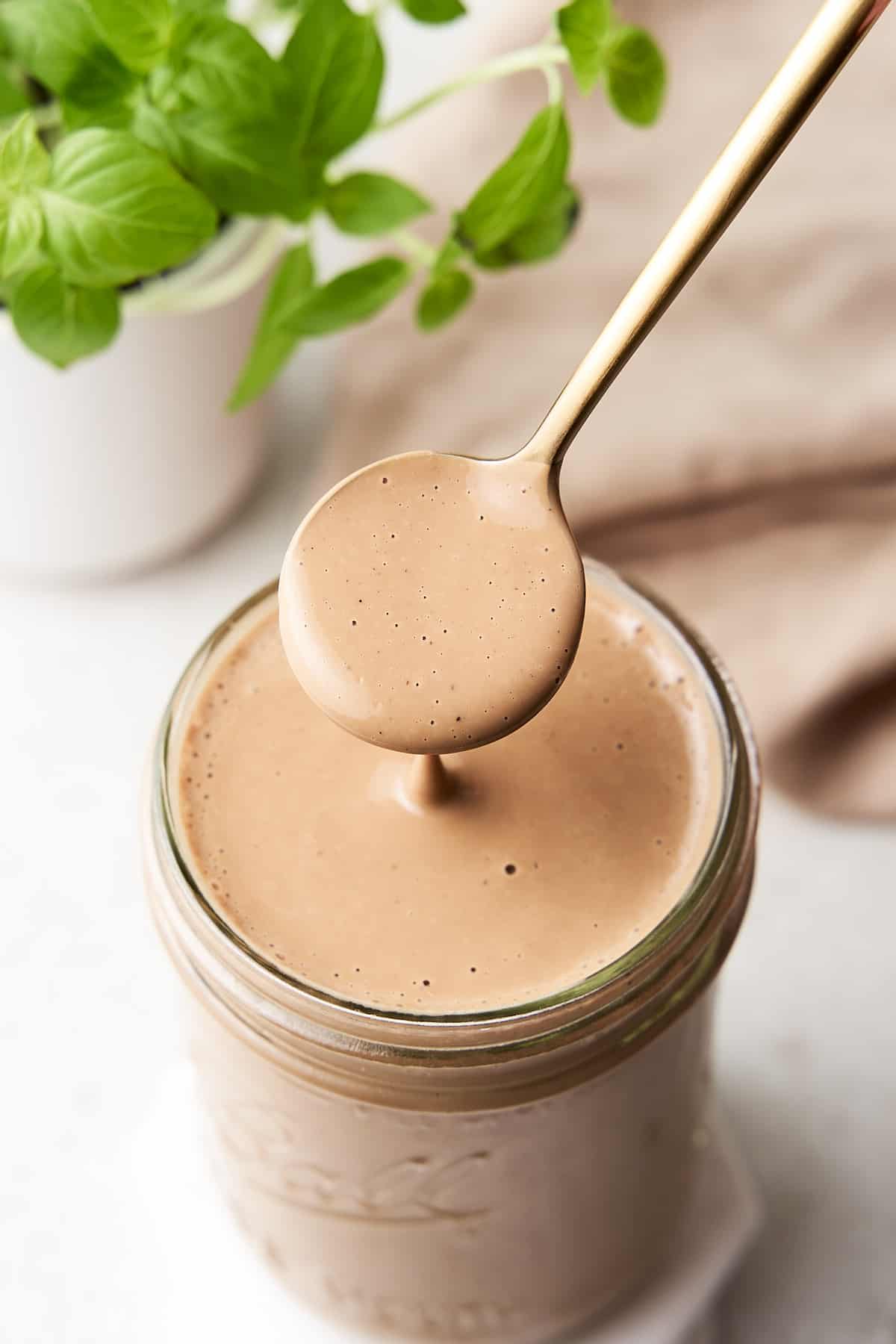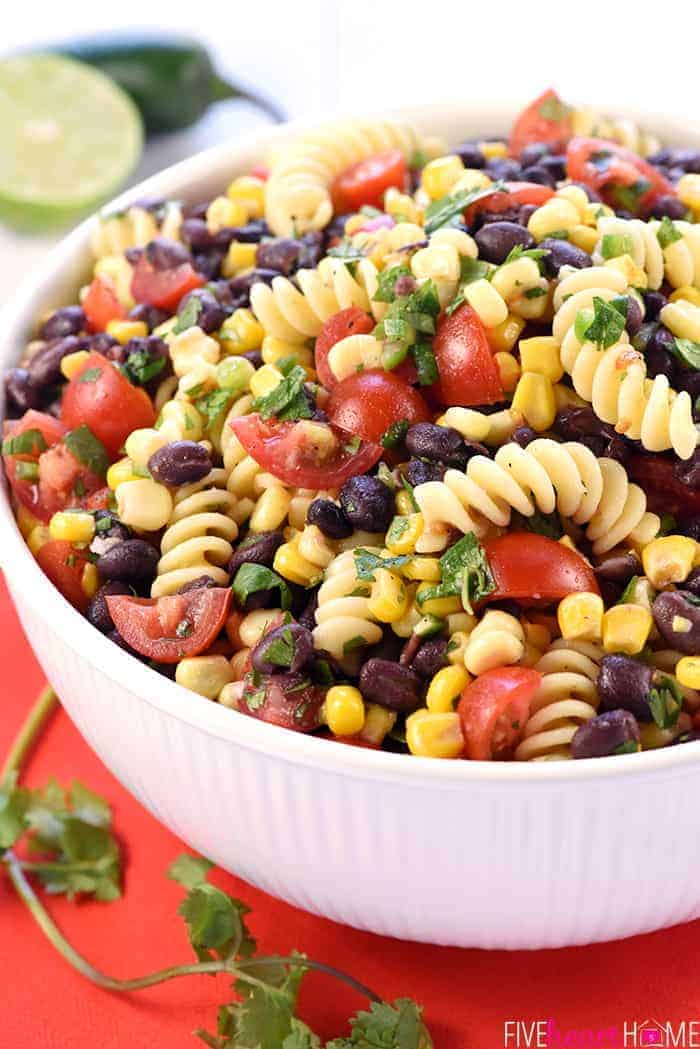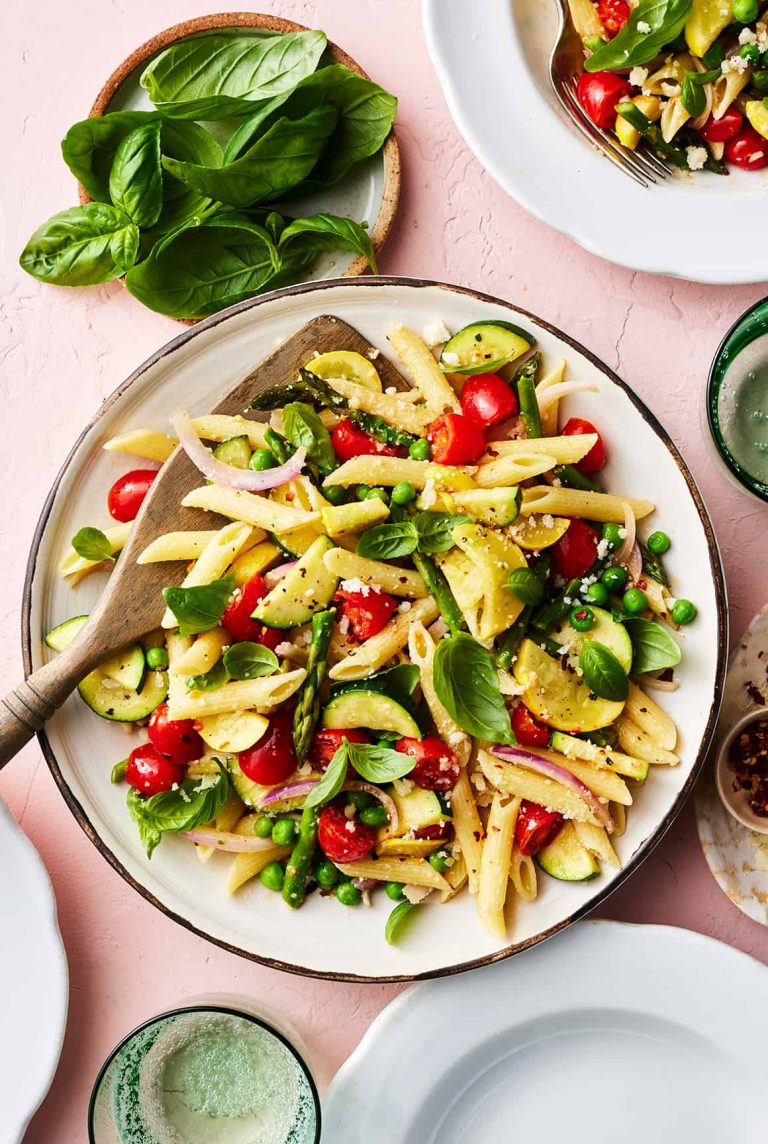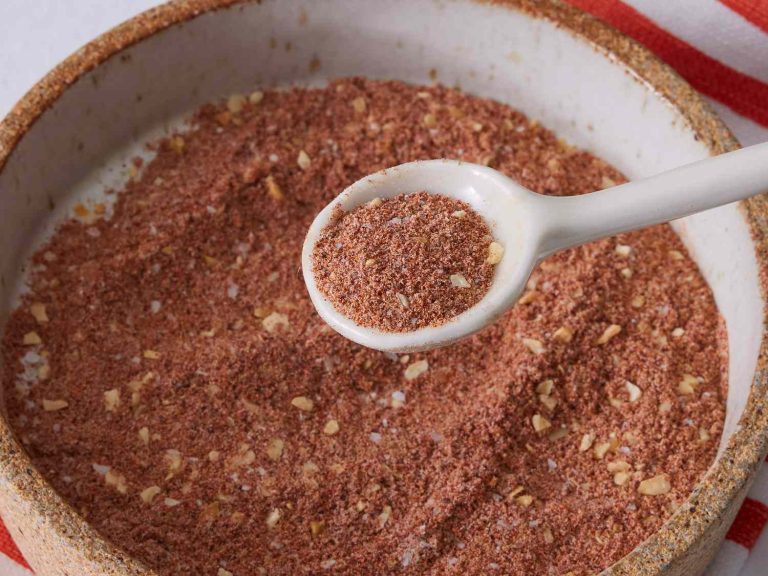Creamy Balsamic Vinaigrette: Recipe, Tips, and Storage Guide
Creamy balsamic vinaigrette blends a few key ingredients to create its unique flavor. Typically, you find aged balsamic vinegar, olive oil, mayonnaise, Dijon mustard, and honey.
- Aged Balsamic Vinegar: Adds a deep, rich flavor.
- Olive Oil: Provides a smooth texture and healthy fats.
- Mayonnaise: Gives the dressing its creamy consistency.
- Dijon Mustard: Adds a tangy kick.
- Honey: Balances the acidity with sweetness.
Optional ingredients like garlic, salt, and pepper can enhance the taste further.
Health Benefits
Creamy balsamic vinaigrette offers several health benefits due to its nutritious components. Olive oil contains monounsaturated fats, which support heart health. Balsamic vinegar, rich in antioxidants, aids in fighting inflammation. Dijon mustard and garlic contribute to digestive health, while honey has antimicrobial properties.
- Olive Oil: Rich in monounsaturated fats.
- Balsamic Vinegar: Contains antioxidants.
- Dijon Mustard: Supports digestion.
- Honey: Offers antimicrobial benefits.
How to Make Creamy Balsamic Vinaigrette
Step-by-Step Preparation
Start by gathering your ingredients. You’ll need 1/2 cup aged balsamic vinegar, 1 cup extra-virgin olive oil, 2 tablespoons mayonnaise, 1 tablespoon Dijon mustard, and 1 tablespoon honey. For enhanced flavor, consider adding 1 minced garlic clove, a pinch of salt, and a dash of pepper.
- Combine the Base Ingredients: In a medium bowl, whisk the balsamic vinegar, Dijon mustard, and honey until well mixed. These components form the acidic and sweet foundation of your vinaigrette.
- Add the Mayonnaise: Slowly whisk in the mayonnaise. This ingredient imparts creaminess to the vinaigrette.
- Gradually Incorporate Olive Oil: While continuously whisking, gradually drizzle in the olive oil. This slow addition ensures the mixture emulsifies properly, creating a smooth texture.
- Season to Taste: Add the minced garlic, salt, and pepper. These optional additions can enhance the overall flavor profile. Taste and adjust the seasoning if necessary.
- Blend Until Smooth: For a finer texture, use an immersion blender after whisking to thoroughly blend all ingredients.
- Ingredient Temperature: Ensure all ingredients are at room temperature. This helps achieve a smoother emulsion and better consistency.
- Whisking Pace: Maintain a steady whisking pace while adding olive oil. This slow incorporation prevents the vinaigrette from separating.
- Use Fresh Ingredients: Use fresh garlic and high-quality balsamic vinegar and olive oil. Fresh ingredients significantly impact the dressing’s flavor.
- Adjust Viscosity: If the vinaigrette is too thick, add a small amount of warm water. This adjustment makes it easier to pour without diluting the flavor.
- Storage: Store the vinaigrette in an airtight container in the fridge for up to one week. Shake well before each use to re-emulsify the dressing.
Pairing With Foods
Salads That Shine With Creamy Balsamic Vinaigrette
Creamy balsamic vinaigrette transforms simple salads into gourmet dishes. Mixed greens benefit from its balanced sweetness and tang. Arugula pairs well, accentuating its peppery notes. Spinach salads with strawberries, goat cheese, and nuts are elevated by the dressing’s richness. Cobb salads also integrate well, with ingredients like avocado, chicken, and bacon harmonized by the vinaigrette. Incorporating it into a roasted vegetable salad enhances depth and complexity.
Other Creative Uses In Cooking
Creamy balsamic vinaigrette offers versatility beyond salads. Use it as a marinade for chicken, where it tenderizes and infuses flavor. Drizzle over roasted vegetables like Brussels sprouts or carrots to add a complex taste profile. It’s a great dipping sauce for bread, creating a unique savory experience. Add it to wraps, bringing moisture and flavor to turkey or vegetable wraps. Incorporate it in pasta dishes, such as a cold pasta salad with mozzarella, cherry tomatoes, and basil, to achieve a delicious, cohesive flavor.
Storing and Shelf Life
Best Practices for Storage
Store creamy balsamic vinaigrette in an airtight container to maintain its freshness and prevent contamination. Glass jars with tight-fitting lids work best. Refrigerate the vinaigrette immediately after preparation. Keeping the dressing cold slows down the growth of bacteria and preserves the flavors. Shake the container well before each use to re-emulsify the ingredients. Store the vinaigrette on a refrigerator shelf rather than in the door to maintain a consistent temperature.
Signs of Spoilage
Inspect creamy balsamic vinaigrette for signs of spoilage before use. Changes in color, such as darkening or uneven tones, often indicate deterioration. Smell the vinaigrette to detect any sour or off odors, which suggest bacterial growth or rancidity. Check for mold growth on the surface or inside the container. If the vinaigrette separates and doesn’t blend back together after shaking, it may no longer be safe to consume.
Conclusion
Mastering the art of making creamy balsamic vinaigrette opens up a world of culinary possibilities. With its rich flavor and health benefits, it’s an excellent addition to your kitchen repertoire. By paying attention to ingredient temperature and proper whisking, you can achieve a perfectly creamy texture every time.
Remember to store your vinaigrette in airtight containers and refrigerate it to ensure it stays fresh. Keep an eye out for any signs of spoilage, such as color changes or off odors, to maintain its quality and safety.
Enjoy experimenting with this versatile dressing on salads, sandwiches, and more. Your taste buds will thank you!






